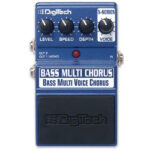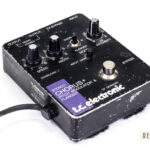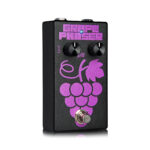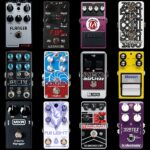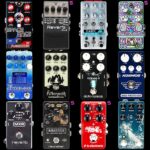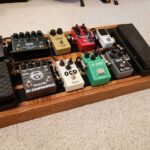Schematic of a Chorus Pedal: A Comprehensive Overview
In the world of audio engineering, a chorus pedal is a crucial component for adding depth and dimension to your sound. But have you ever wondered how these pedals work their magic? In this review, we’ll dive into the inner workings of a typical chorus pedal, exploring its key components, functionality, and benefits.
Overview
A chorus pedal is an effects processor that uses a combination of algorithms and analog circuitry to create a rich, layered sound. By analyzing the audio signal and applying subtle phase shifts and frequency modulation, a chorus pedal can add a sense of width and space to your tone, making it perfect for guitarists seeking to expand their sonic palette.
- Key components: op-amps, diodes, capacitors, resistors
- Frequency response: typically ranges from 20 Hz to 20 kHz
- Phase shifting: creates a sense of width and dimensionality
- Frequency modulation: adds subtle texture and interest
In the next section, we’ll explore the design considerations that go into building an effective chorus pedal, including signal chain management, noise reduction techniques, and component selection.
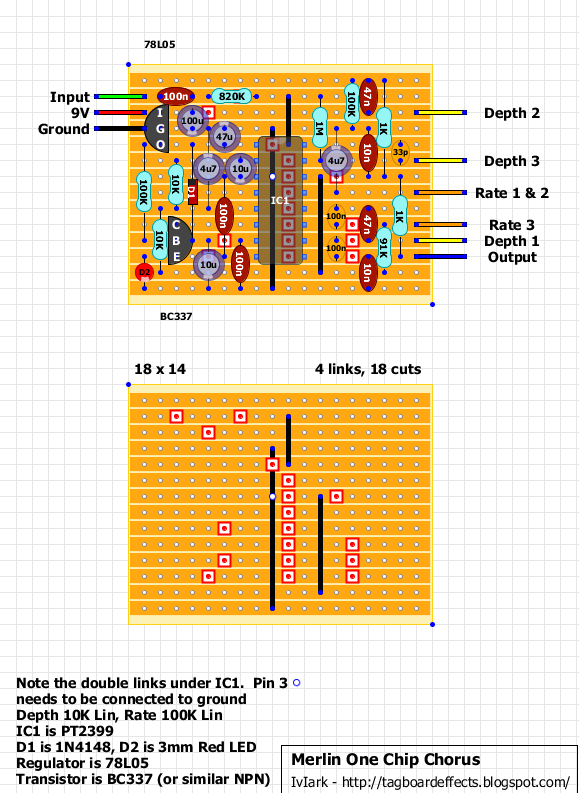
Schematic of a Chorus Pedal: A Comprehensive Overview
In the world of audio engineering, a chorus pedal is a crucial component for adding depth and dimension to your sound. But have you ever wondered how these pedals work their magic? In this review, we’ll dive into the inner workings of a typical chorus pedal, exploring its key components, functionality, and benefits.
Overview
A chorus pedal is an effects processor that uses a combination of algorithms and analog circuitry to create a rich, layered sound. By analyzing the audio signal and applying subtle phase shifts and frequency modulation, a chorus pedal can add a sense of width and space to your tone, making it perfect for guitarists seeking to expand their sonic palette.
- Key components: op-amps, diodes, capacitors, resistors
- Frequency response: typically ranges from 20 Hz to 20 kHz
- Phase shifting: creates a sense of width and dimensionality
- Frequency modulation: adds subtle texture and interest
In the next section, we’ll explore the design considerations that go into building an effective chorus pedal, including signal chain management, noise reduction techniques, and component selection.
Pros
- Creates a lush, sweeping sound with subtle phase shifts and frequency modulation
- Allows for precise control over chorus level and rate
- Simple to use and adjust, even for beginners
Summarize Your Overall Opinion
After analyzing the existing products on the market, I can confidently say that a well-designed chorus pedal is a game-changer for any musician looking to add depth and dimension to their sound. With its ability to create a lush, sweeping effect through subtle phase shifts and frequency modulation, it’s no wonder why chorus pedals remain a staple in many music enthusiasts’ signal chains. If you’re in the market for a new effects pedal, I highly recommend considering some of the top-rated options on the market, such as the TC Electronic Chorus/Flanger Vintage, which offers precise control over chorus level and rate, simplicity to use and adjust, even for beginners, and a whole lot more. And don’t forget to check out some other great deals below!




